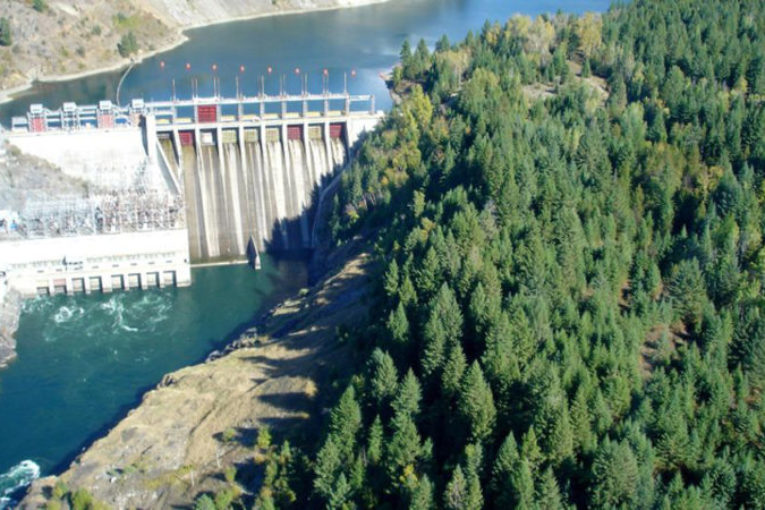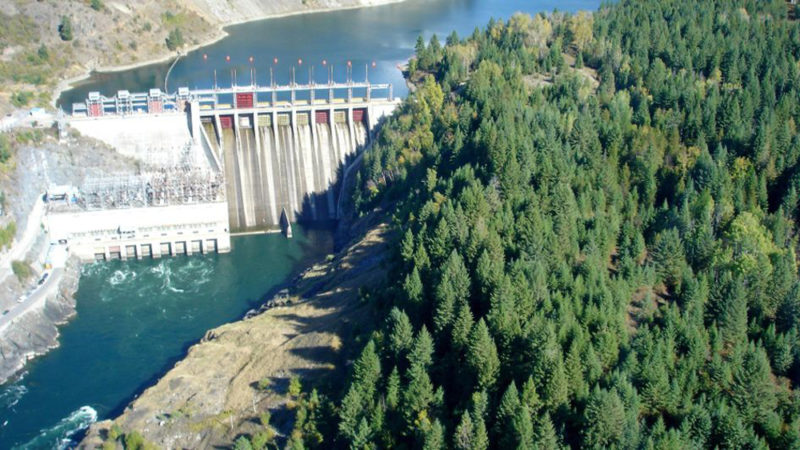

Two sides. Two entrenched positions. No middle ground. Can there ever be a win-win solution? Perhaps we can look to the past for an example of a beneficial solution.
In 1964 the Columbia River Treaty was signed by Canada and the United States to develop the Columbia River and its tributaries for hydro electricity. This led to a series of dams on the Canadian side and the Libby Dam on the Kootenay River in Montana. Citizens of British Columbia were not consulted and this led to many years of grievances.
In the early 1990’s, Canadians approached the Province of British Columbia and asked it to give funds to the region so Basin residents would get a fair share of the benefits created by the treaty and create a Basin-based organization to manage those funds.
In 1995 the government established the Columbia Basin Trust and endowed it with $276 million to invest in regional hydro-electric projects and $45 million to invest otherwise. To support the delivery of benefits, activities and corporate operations, the Trust earns money by investing in power projects, Basin businesses and market securities which generate a sustainable, predictable and appreciating income.
The Basin’s website shows its priorities which include: affordable housing, community priorities, economic development, first nations relations, early childhood and childhood development. The environment, renewable and alternative energy and non-profit support to name a few.
So, after 22 years, how is the Trust doing? In 2016 it earned $59.4 million, disbursed $37.5 million to the Basin communities and had assets of $481 million. It should be noted that the primary driver of income has been ownership of the Waneta Dam, with earnings from this project spun off into other investments.
As a resident of Kimberley, BC, I have witnessed first hand the benefits of the Trust to east Kootenay residents. A few of the projects include $500,000 for East Kootenay Youth Soccer, $250,000 for a Legacy Trail in Cranbrook, $191,000 for Kimberley gymnastics and $146,000 for spray park in Kimberley. These are real projects which greatly enrich the quality of life of Basin residents.
Can an approach similar to the Columbia Basin Trust be adopted to the Kinder Morgan Pipeline? Absolutely. All it takes is the will to step out of the box by the stakeholders which include Kinder Morgan, Alberta and BC, first nations and citizens at large.
Although the circumstances differ, the “problem” is the same. How do the affected communities benefit? In the case of the Trust, monies were provided to develop the Waneta Dam, which was a second-tier project among BC Hydro’s slate of projects. Perhaps in this case, a new Trust, could invest in 5% of the pipeline to generate initial revenues with a fund topper of $100 million for other investments like for example the formation of First Nations companies. The total investment required would be in the order of $480 million dollars.
As to funding, which would require negotiations between all parties, I would suggest two thirds be funded by Alberta (as the majority of increased revenues would flow) and one third by BC, which could be offset by a $1.00 per barrel levy paid through Kinder Morgan to BC until payout of BC’s share.
It seems to me that this is a plausible win-win solution, that would be brought about primarily by negotiations between BC, Alberta and Kinder Morgan. Maybe I’m dreaming in colour and this won’t be enough, but I can speak from experience that the Columbia Basin Trust has been an enormous success.
Randy Evanchuk, P. Eng., has 35 years of experience in the patch. From 2007 until he retired in 2015, Mr. Evanchuk was involved in all phases of of unconventional resource development including;evaluation, economics, production and facilities. As as senior consultant with Murphy’s Holdings, he evaluated their Montney holding as well was as a member of evaluation team. Mr. Evanchuk was the Vice President of new ventures at Daylight Energy where his team was successful in acquiring a substantial Duvernay position. At Seven Generations Energy he was Executive Vice President looking after facilities, marketing, production operations and long range facility and marketing planning
You can read more of the news on source



